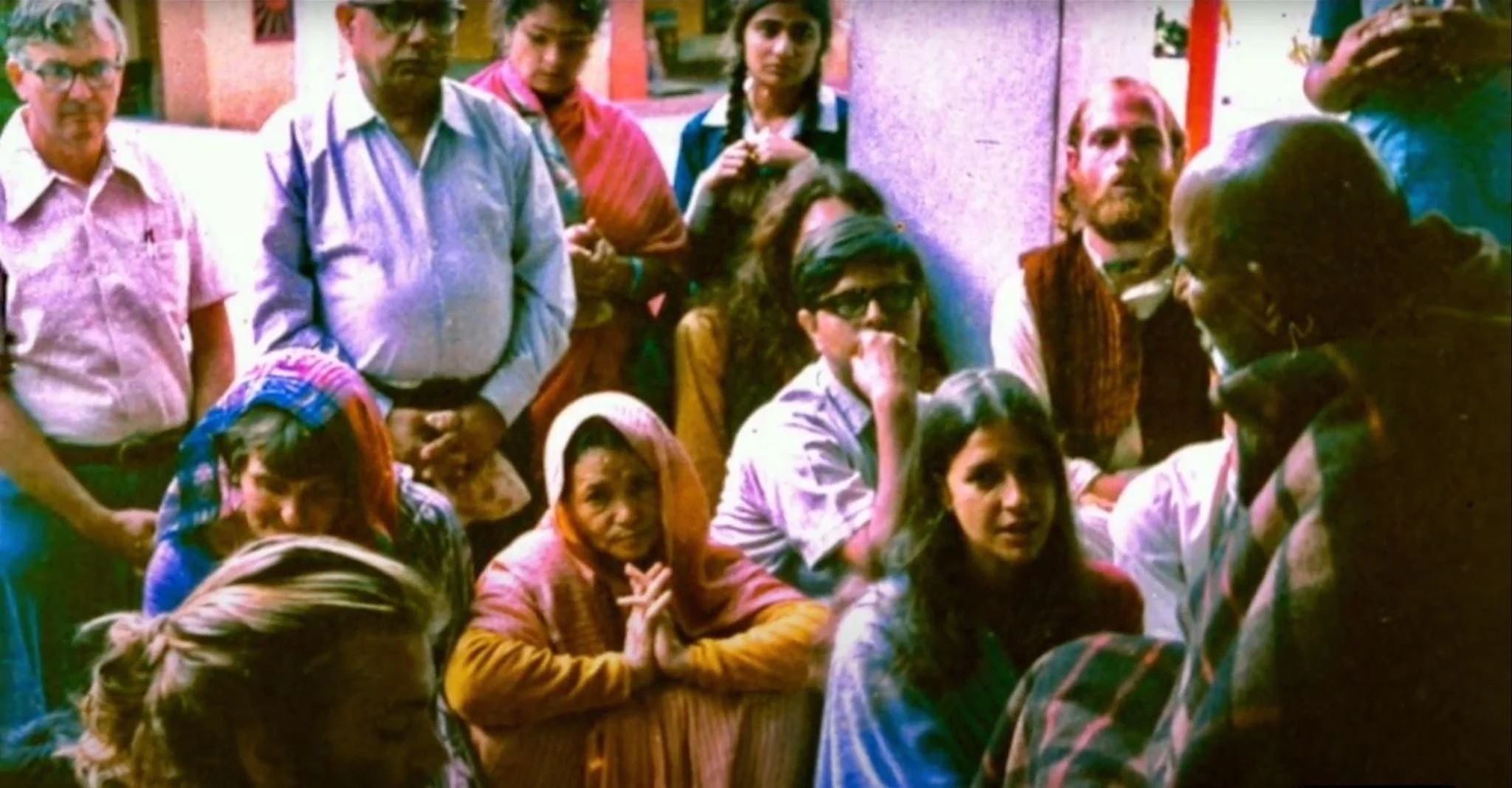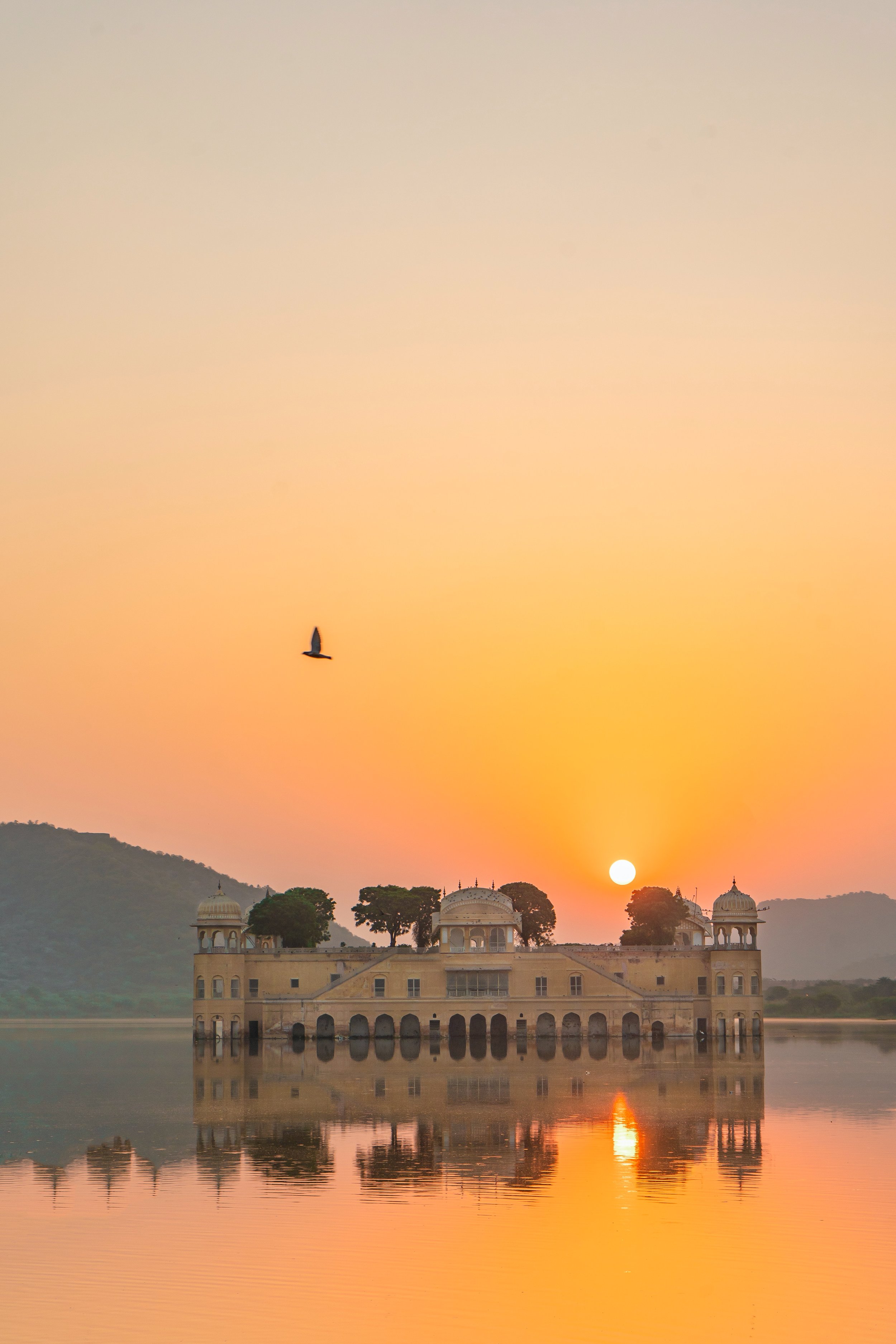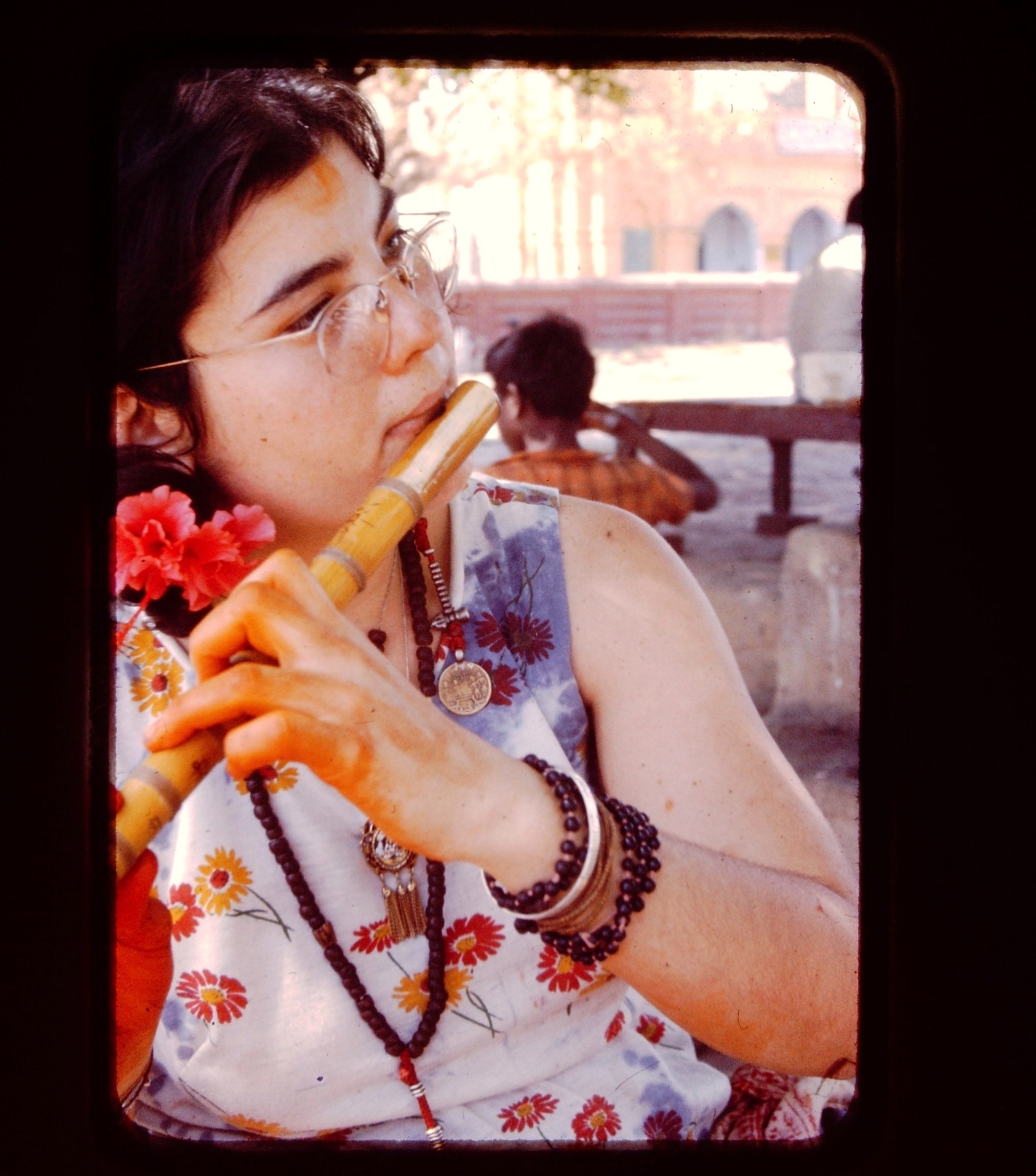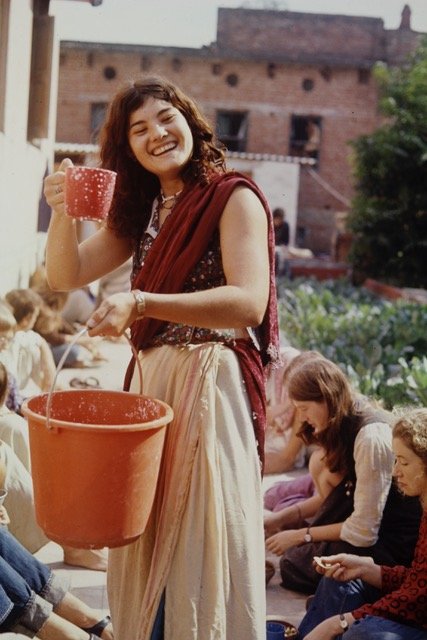What was it that RamRani found in India?
A great awakening?
A spiritual transcendence?
A teacher to guide her path?
She was a bright young woman with startling intellect and a wild, feral streak…
…running away from an abusive father. Just a teenager, she set adrift in the time of counterculture and the Hippie Trail to the other side of the world. What made her decide to stay? What electrified her spirit and made her fall in love with a country and culture so unlike her own? What was it that made her want to share her understanding of India and Sanatana Dharma with the West? That magic potion, that authentic, electric ambrosia… What was it?
RamRani was a seeker, a teacher, and a giver. She believed in the innate goodness of humankind, in the power of our intellect to conquer the world’s worst problems. She was a renegade for justice with a dry, smart sense of humor that was pointed and sharp. She renounced Christianity and Western ideas of God, yearning for a mystical, unexplainable spiritual connection backed by science and critical thinking. India drew her in like a magnet and what she found there was true (Satyam), eternal (Shivam), and beautiful (Sundaram). It guided the rest of her life, following it through her own darkness to ignite the spark she shared with thousands.

The Gayatri Mantra, recited daily by millions of devotees:
ॐ भूर् भुवः स्वः तत् सवितुर्वरेण्यं
भर्गो देवस्य धीमहि धियो यो नः प्रचोदयात्॥
oṃ bhūr bhuvaḥ svaḥ tat saviturvareṇyaṃ.
bhargo devasya dhīmahi dhiyo yo naḥ pracodayāt.
Om, the Lord, is earth, the space in between and the heavens. That Lord is the one who is the most worshipful.
We meditate on that effulgent, all-knowledge Lord. May he set our intellects in the right direction.
RamRani loved story.
One of her favorites comes from the Hymn of Creation in the Rig Veda. She described it as similar to the Christian version of Genesis…
"In the beginning, there was the breath (as opposed to ‘the word’). And then this and that, lands and oceans were created, and animals and the humans, and blah blah blah… But then, at the end, it basically says, ‘OK, so, that’s how the universe was created... But really, only God knows… But maybe even God doesn’t know?’ And that’s an invitation to question the nature of reality and to seek to expand your consciousness - to bite into that fruit of knowledge and taste its luscious juices."
RamRani was curious.
Her wonder of life was combined with a scientific and mystical perspective: the fact that you can’t walk out the front door of your homestay in India without encountering a street philosopher who will speak to you for hours about the nature of reality and consciousness. The colors and languages, the sheer diversity and the long history of intellectual discovery is what my mother found in India. That is what she wanted to share with the West. Yet during her studies, she discovered that her own experience and understanding of India were very different from what was taught at US secondary schools and universities…
RamRani was annoyed.
"When historians talk about these or those raiding hordes (Aryans, Mogul empire, British Raj, etc…) they would say that the people who lived there would run into the forests. Who were these people running into the jungle - into the forests? What was their history?"- RamRani, basically all the time
In the West, India is almost always described in terms of the 3 P’s and 3 C’s:
It is time for the West to discuss Indian history, culture and society differently. It will help us navigate the complex, global society of the world today. When so much is easily lost in translation or under the cover of centuries of colonialism and unwritten histories, India can teach us to maneuver.
RamRani downloaded life-changing lessons from her guru and through her own experiences of his miracles. Neem Karoli Baba’s influence has been documented time and again in books like Be Here Now, and Miracle of Love, and films like Windfall of Grace. She fastidiously applied these lessons in her own philosophy:

If there are 8 billion people on the planet, there are 8 billion faces of God.Love all. Serve all.
As we serve others, we serve ourselves.
Speak the name of God in mantra.
For her, any name of God would do, but she preferred the name “Ram” and the Hanuman Chalisa.
The hippies thought they could save the world with psychedelics (they weren’t necessarily wrong). Done without sacred or ceremonial use, psychedelics can be dangerous, but these same chemicals can also be used therapeutically, to explore the nature of consciousness and reality, to heal our psychic wounds with a dose of mindfulness, ritual, and reverence…
As her daughter, I think this was the true nature of RamRani’s legacy:
This is what my mother taught me.
Pushing us to always have faith in the dreams of our authentic selves, to follow our hearts, open our minds, and keep devotion to our shared divinity while maintaining a fervent curiosity for life, humanity, and the universe. As we look to the future, we must work to heal brutality and violence. This is how we triumph over the pain passed down through generations, how we find accountability, how we heal. This is how we stop the line of trauma, even if we can’t stop the grief or suffering that comes with the embodied human form.
This is how we save ourselves.— Krystina “Kiki” Shakti Siebenaler,
Writer/Producer/Director

Thank you IndiaThank you Mom.And thank you,
yes YOU
for honoring my mother’s memory by helping me make a movie about the RamRani who wasn’t just mine…
Help make this movie.






